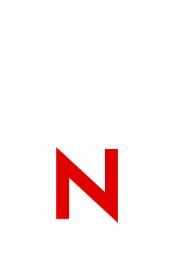|
NOTE: Novell has certified two different kinds of drivers for ATM cards.
1. "Thin" ATM drivers which are dependent upon ATM stack code provided by Novell.
2. "Fat" ATM drivers which are self sufficient.
Although both types are effective under most circumstances, Novell has discovered that, in very high stress situations, the Fat ATM drivers are more robust. In addition, Fat ATM drivers give ATM card manufacturers freedom to provide a richer array of features.
Because of these issues, Novell has decided to discontinue further development of code which directly supports ATM Thin drivers. Additionally, effective 20 October 1999 Novell will no longer be providing patches for the Novell stack which supports Thin ATM Drivers.
Novell will continue to provide configuration assistance to customers relative to Thin ATM drivers. However, if you find that your Thin ATM driver is undependable under heavy stress, and reconfiguration does not solve the problem, we ask that you switch to a Fat ATM driver.
(readme changed 09-24-1999)
Server Requirements (Hardware)
==============================
* CPU: Intel Pentium, Pentium II, or equivalent
* File Storage: Hard disk with minimum 2 MB available.
* Memory: 16 MB total RAM.
* Network Operating System: NetWare 4.11 or Netware 5.0
Scope of this Release
=====================
The Novell ATM LAN Emulation Client is a full featured ATM Forum
compliant (LANE 1.0 and UNI 3.0/3.1) software stack that supports ethernet and token ring emulation, source route bridging and multiple ELANs. The LAN
Emulation service components (LECS, LES, and BUS) are assumed to reside on
the ATM switch or on a standalone workstation. The reader should be familiar
with NetWare, ATM switching and LAN Emulation concepts. Refer to switch documentation for configuration of the LECS, LES, and BUS.
|

